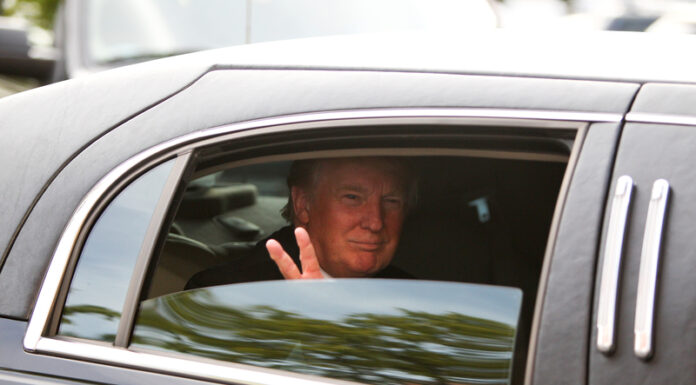President Donald Trump revealed Monday that he underwent an MRI scan during his visit to Walter Reed National Military Medical Center on Friday, October 10, 2025, describing the results in characteristically confident terms while declining to specify why the advanced imaging was necessary. The disclosure came during an airborne press conference aboard Air Force One as Trump traveled to Tokyo for diplomatic meetings, raising questions about the 79-year-old president’s health transparency and the nature of his routine medical care.
Speaking with reporters during the flight, Trump confirmed he had received the scan during what his physician characterized as a scheduled follow-up evaluation. “I did. I got an MRI. It was perfect,” the president stated, before encouraging journalists to direct specific medical questions to his doctors. Trump emphasized that his medical team provided comprehensive reports and suggested the results were among the best they had seen for someone his age.
The October 10 visit to the Bethesda, Maryland, military medical facility marked Trump’s second significant examination at Walter Reed this year, following a comprehensive annual physical in April. Navy Captain Sean Barbabella, the physician to the president, described the October appointment as part of Trump’s ongoing health maintenance plan, which included advanced imaging, laboratory testing and preventive health assessments. The president spent approximately three hours at the facility and also received updated COVID-19 and flu vaccinations in preparation for international travel.
Following the evaluation, Barbabella issued a statement declaring Trump remained in exceptional health, with strong cardiovascular, pulmonary, neurological and physical performance. The physician noted Trump’s cardiac age—a validated measure of cardiovascular vitality via electrocardiogram—was approximately 14 years younger than his chronological age. The doctor emphasized that Trump continues to maintain a demanding daily schedule.
MRI scans use strong magnetic fields to create detailed images of internal body structures and are particularly useful for examining soft tissues, according to the National Institutes of Health. The imaging technique can help detect conditions ranging from tumors and muscle tears to bone fractures. Medical experts typically order MRIs when specific concerns arise or when ruling out particular conditions, rather than as part of standard physical examinations.
Trump acknowledged his position as the oldest person ever inaugurated as president when he returned to the White House in January 2025, and the second-oldest to serve in the office. If he completes his full four-year term, he will surpass former President Joe Biden as the oldest commander-in-chief in American history. The president indicated that if future health screenings revealed concerning results, he would inform the public and reconsider his political future.
Earlier this year, the White House disclosed that Trump had been diagnosed with chronic venous insufficiency, a condition affecting veins in the legs that prevents blood from flowing efficiently back to the heart, causing it to pool in the lower extremities. Press Secretary Karoline Leavitt explained that Trump noticed mild swelling in his legs, prompting an evaluation by the White House medical unit. Barbabella characterized the condition as benign and common in older individuals.
The White House has also addressed visible bruising on Trump’s hands, which Leavitt attributed to frequent handshaking combined with the president’s use of aspirin as part of a standard cardiovascular prevention regimen. The administration maintained these marks were unrelated to the vein condition.
During the Air Force One press conference, Trump made additional comments about his medical evaluations, boasting about passing what he described as very difficult cognitive tests during his Walter Reed visits. He claimed the assessments began with simple questions but became progressively more challenging. The president also used the opportunity to criticize political opponents regarding their cognitive abilities.
Trump’s dual hospital visits in 2025 represent an unusual pattern, as presidents typically undergo a single comprehensive annual examination. The frequency of his medical appointments at Walter Reed, combined with the inclusion of advanced imaging techniques, has prompted speculation about whether the evaluations involved more than routine preventive care. However, Barbabella’s official statements have consistently characterized Trump’s health status as excellent, with no indication of serious medical concerns requiring immediate intervention or ongoing treatment beyond the management of his diagnosed vein condition.








